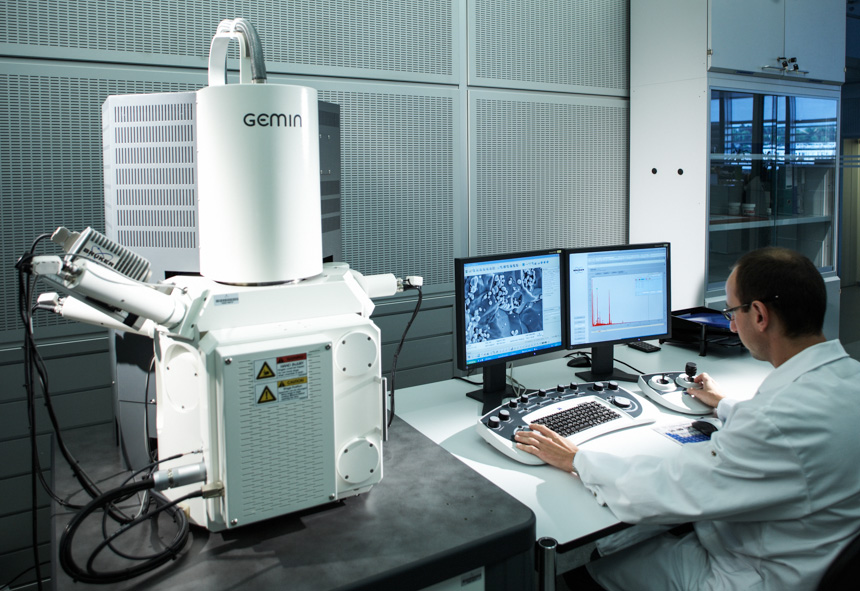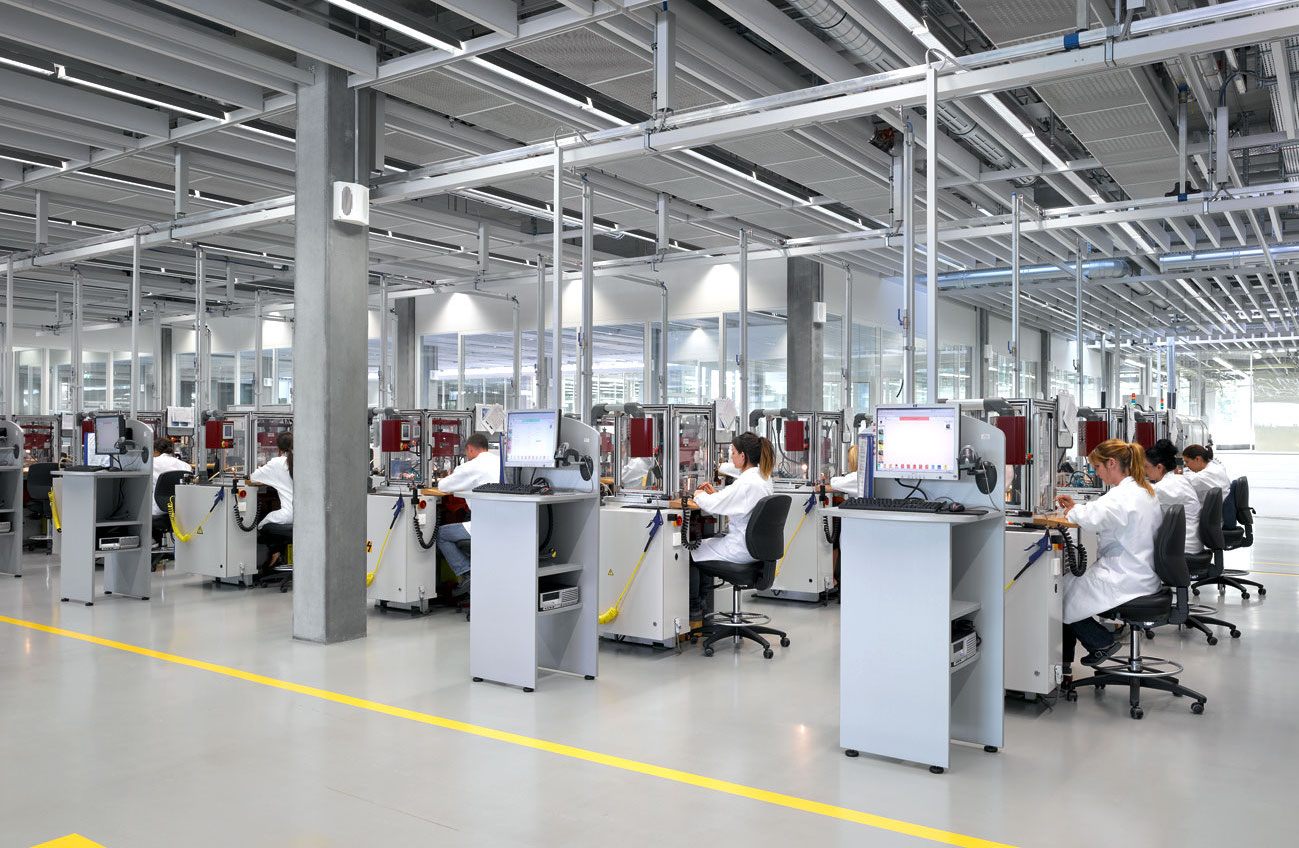
Are Rolex watches handmade?
Fine watchmaking requires great attention to detail and utmost precision. The Swiss watch industry has a several-decade-long history of watchmaking which has been passed on from generation to generation.
But as we have become more and more industrialized as a society, machines have taken over much of the manufacturing process around the world. Machines can streamline the manufacturing process quite substantially. But when it comes to luxury objects, it’s not certain that the goal is to streamline the manufacturing process as much as possible. Instead, it is usually about making a flawless product that is made with great attention to detail.
Craftsmanship is also a part of the enjoyment of buying a luxury object that is handmade by skilled craftsmen. It allows you to appreciate the object so much more knowing that a craftsman has worked on the watch for countless hours to ensure perfection, just for it to land on your wrist.
Rolex is the most famous luxury watch brand in the world, but this leads us to ask: are Rolex watches handmade?
Are Rolex watches handmade?
We will start off by saying that only Rolex knows exactly the production line from start to finished product, and each and every single manufacturing step in that process.
We will also say that Rolex watches are mass-produced. With between 800k and 1M watches manufactured per year, it’s impossible that the watches are primarily made by hand.
Rolex is a company that is praised for streamlining its production chain
However, what is handmade is the movements. The movements consist of hundreds of small and tiny parts, and this is a process that machines aren’t able to do. In its factories, Rolex has a large number of skilled watchmakers who carefully assemble the movements one by one. It is also reported that towards the end of the production, the watches are hand-assembled, with the dial, crystal, movement, and case back being put in place. Furthermore, the hands of Rolex watches are also attached by hand.
Rolex’s goal is absolute perfection, and this is why, in the stages where machines can do a better and more precise job, Rolex will probably use machines. But on the same token, in areas where machines won’t do an equally good job as a human, Rolex will use craftsmen to handle those steps in the production.
The definition of ”handmade”, according to Dictionary.com is ”made by hand, rather than by machine:”. So with the above in mind, it can be questioned whether Rolex watches can be described as handmade or not. Naturally, due to Rolex’s large output of watches, it is impossible that each and every single step of the process to be done by hand, including things like the making of the case, making of the bracelet, and so on. For the absolute top-tier Haute horology watches from brands such as A.Lange & Sohne and Patek Philippe, this is possible due to their substantially lower production numbers.
Yes, many parts of the Rolex manufacturing process are done by hand, but many are also made by machine.
Conclusion
Whilst a lot of the manufacturing process of a Rolex watch is done by a machine (but often operated by humans), some parts of the manufacturing are done by hand.
Saying that Rolex watches are handmade can be debated as we don’t know for sure how many percent of the manufacturing is done by hand versus automated and done by machine. However, the most important part – the assembly of the movement, is done by skilled watchmakers, and the art of fine watchmaking and Haute horology is the most important thing in the Swiss watch industry.
The benefit of manufacturing parts by machines is that they can be made identical. When manufactured by humans, you will always get differences. With that said, in many aspects of the watchmaking process, it may very well be better to have a machine handle important steps in the manufacturing process. This is, in particular, the making of the components of the movement, however, the assembly of the movement still requires the expertise of a skilled watchmaker.
Many people are surprised to hear that Rolex watches are not 100% made by hand. But the question is if you would actually want that. Rolex’s automated processes and the robots used are state-of-the-art. Equally so is the quality control, of which parts are done with machines that inspect the parts with lasers and other technology to be able to identify any flaws or inconsistencies.
Photo by Ablogtowatch.com and Rolexmagazine.com.






It is still impossible to produce 1000,000 a year if the movements are hand built, the maths just don’t add up, it’s a good watch but there are better and they are not worth what they sell for. People have been fooled by good marketing.
Thank you for sharing your thoughts!
Kind regards,
Millenary Watches
Most of the Patek movement parts are made by machine. Machines can make parts much more accurate, precise, and repeatable than a human. In a Patek video, one of the watch part finishing Technicians points out that “she only make the machine parts pretty and that’s what makes the watches so expensive”. Even the Casio G-Shock final assembly is performed by hand. Some finishing is also performed by hand.
Great input! Yes, for the actual manufacturing of components, machines are superior. It is the finishing that is most often done by hand.
Kind regards,
Millenary Watches